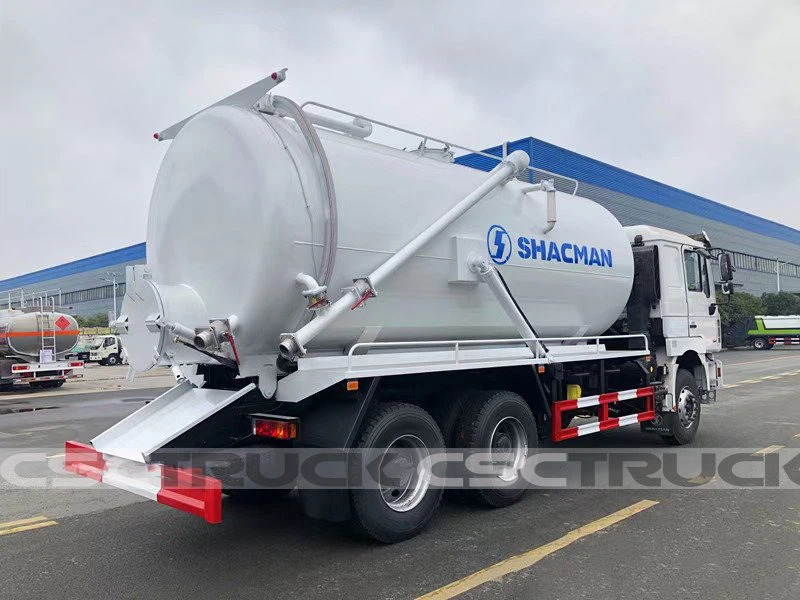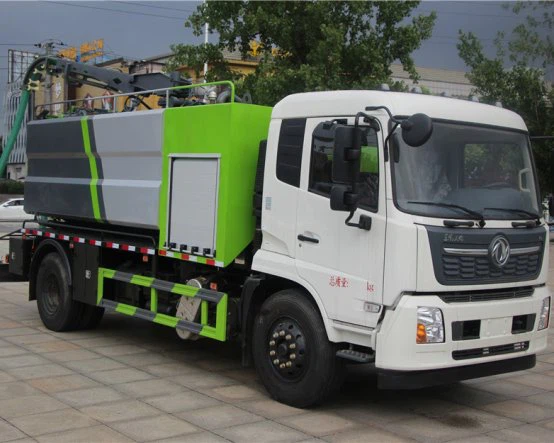Flatbed Electric Trucks: Revolutionizing Shipping and Transportation

Introduction
Flatbed electric trucks are rapidly gaining traction in the transportation and logistics industry. As companies increasingly seek sustainable and efficient solutions, these vehicles present an innovative option for hauling goods. This article will explore flatbed electric trucks, their benefits, features, applications, and more, providing a comprehensive overview for businesses considering adding them to their fleet.
What is a Flatbed Electric Truck?
A flatbed electric truck is an electric vehicle designed with a flat, open cargo area, enabling the transport of bulky loads and oversized items. Unlike conventional flatbed trucks powered by diesel, electric versions utilize electric motors and battery systems, promoting sustainability and reducing carbon emissions.
How Do Flatbed Electric Trucks Work?
Flatbed electric trucks operate on electric power sourced from batteries. These batteries can be recharged at charging stations, similar to electric cars. The power produced by the battery drives electric motors, which in turn maneuver the truck. Different models may have varying ranges and charging capabilities.
Benefits of Flatbed Electric Trucks
1. Environmental Impact
One of the primary advantages of flatbed electric trucks is their reduced environmental footprint. By utilizing electricity instead of fossil fuels, these vehicles help lower greenhouse gas emissions and contribute to cleaner air.
2. Lower Operating Costs
Electric trucks typically have lower operating costs than their diesel counterparts. They require less maintenance, as electric motors have fewer moving parts and do not need oil changes. Additionally, the cost of electricity can be significantly lower than diesel fuel over time.
3. Quiet Operation
Flatbed electric trucks operate with minimal noise, making them ideal for urban areas and sensitive environments where noise pollution is a concern. This feature can enhance working conditions, especially in residential neighborhoods.
Key Features of Flatbed Electric Trucks
1. Payload Capacity
Flatbed electric trucks come in various sizes and payload capacities to accommodate different hauling needs. It’s essential to select a model that matches your transport requirements.
2. Battery Range
The range of an electric truck determines how far it can travel on a single charge. Some models can cover over 200 miles, making them practical for regional deliveries.
3. Charging Options
Most flatbed electric trucks can be charged at home or work using standard electrical outlets. Fast charging stations can also provide a quicker turnaround for electric fleets.
Applications of Flatbed Electric Trucks
1. Construction
Flatbed electric trucks are ideal for transporting construction materials such as lumber, steel, and equipment. Their open design allows for easy loading and unloading of heavy items.
2. Agriculture
In agriculture, flatbed electric trucks can be used to haul produce, livestock, or farm equipment. Their efficient power source can reduce operational expenses on farms.
3. Logistics and Delivery
The logistics industry is increasingly incorporating flatbed electric trucks for urban deliveries, providing a sustainable option for transporting goods while reducing traffic emissions.
Comparison: Electric vs. Diesel Flatbed Trucks
| Feature | Flatbed Electric Truck | Flatbed Diesel Truck |
|---|---|---|
| Fuel Type | Electric | Diesel |
| Maintenance Costs | Lower | Higher |
| Operating Noise | Quiet | Loud |
| Environmental Impact | Minimal | Significant |
Choosing the Right Flatbed Electric Truck
1. Assess Your Needs
Consider the types of loads you plan to transport and the typical distances you’ll cover. This is essential for selecting the appropriate payload capacity and battery range.

2. Research Models and Brands
Different manufacturers offer various features and capabilities. Explore multiple brands and compare functionality to find the best fit for your operations.
3. Test Drive and Product Demonstration
Before making a purchase, test drive models and request a product demonstration. This firsthand experience helps assess handling, comfort, and usability.
Practical Tips for Operating Flatbed Electric Trucks
1. Regular Maintenance
Even though electric trucks require less maintenance than diesel models, regular checks on the battery and overall system are essential for safe operation.
2. Optimize Charging
Create a charging schedule that aligns with your operational needs. Implementing a strategic approach can enhance efficiency and prevent downtime.
3. Educate Your Team

Training for drivers and staff members on the specifics of operating flatbed electric trucks is crucial. Ensuring everyone understands the technology will lead to better utilization of the fleet.
Future of Flatbed Electric Trucks
The future of flatbed electric trucks appears bright, with increasing demand driven by environmental concerns and advancements in battery technology. Continued innovation will lead to longer ranges, faster charging times, and improved performance, making these vehicles even more viable for diverse applications.

FAQ
1. How much do flatbed electric trucks cost?
Prices for flatbed electric trucks can vary widely based on the model and features, typically ranging from $30,000 to over $100,000.
2. Can I charge a flatbed electric truck at home?
Yes, flatbed electric trucks can be charged at home given access to a suitable electrical outlet or dedicated charging station.
3. What is the average range of flatbed electric trucks?
The average range can vary by model, but most flatbed electric trucks typically have a range from 100 to 300 miles on a full charge.
4. Are there tax incentives for purchasing electric trucks?
Yes, various federal and state programs may offer tax incentives or rebates for purchasing electric trucks to encourage adoption of cleaner technologies.
5. How do I find charging stations for electric trucks?
Mobile apps and websites specializing in electric vehicle charging can help locate available charging stations along routes for planning your trips effectively.
6. What maintenance is required for flatbed electric trucks?
While maintenance needs are less than diesel trucks, routine checks on the battery, tires, brakes, and any electrical system components are essential for optimal performance.
